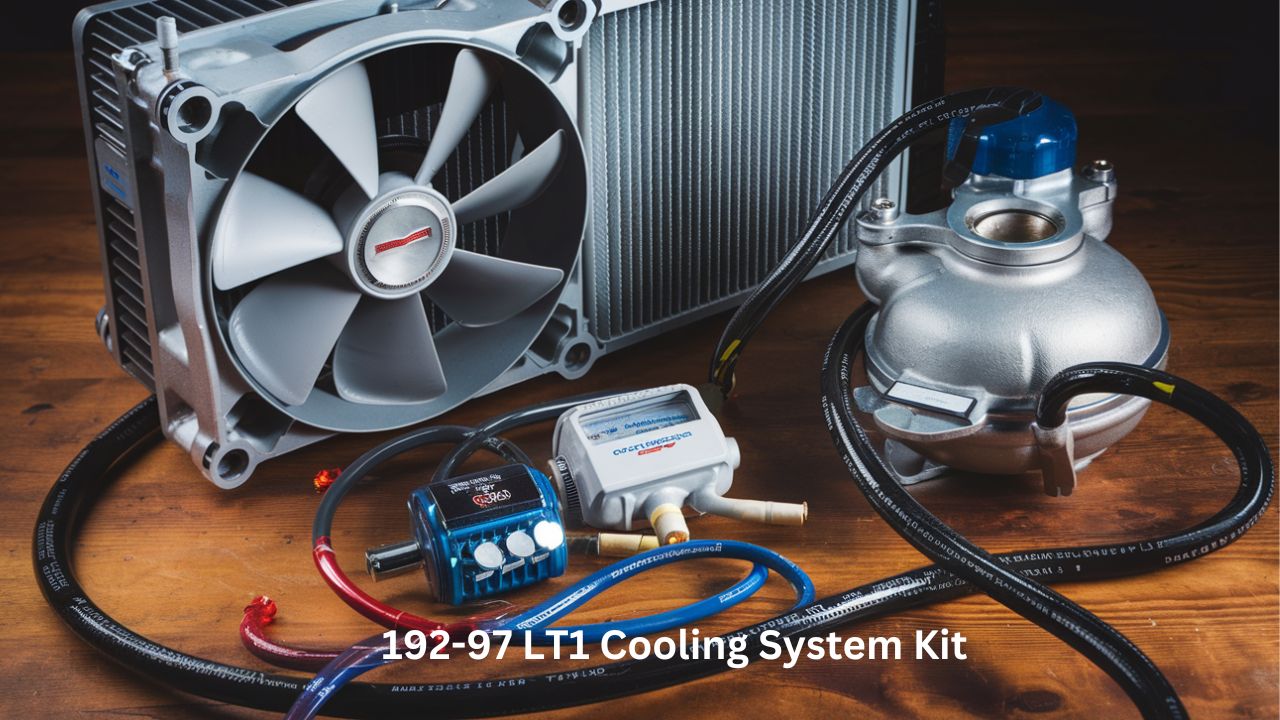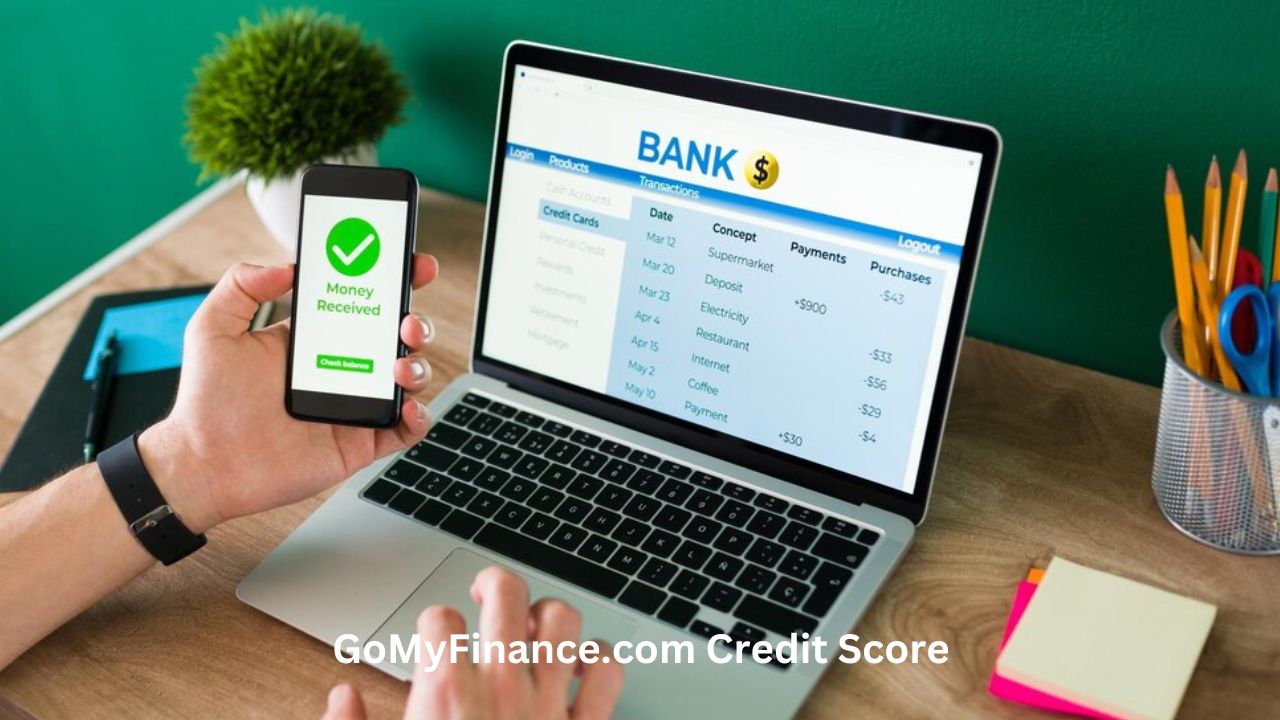When buying or selling a vehicle, knowing its actual worth helps in making informed decisions. KBB Fair Value provides a reliable estimate based on various market factors. It serves as a trusted tool for buyers, sellers, and dealerships looking for accurate car valuations.
Table of Contents
- Introduction to KBB Fair Value
- How KBB Determines a Car’s Fair Value
- Factors That Influence KBB Fair Value
- KBB Fair Value vs. Trade-In Value
1. Introduction to KBB Fair Value
KBB Fair Value helps car buyers and sellers determine a vehicle’s price based on market data. Kelley Blue Book (KBB) developed this pricing system to provide transparency in the automobile market. It considers several factors, including mileage, condition, and demand.
Many dealerships, private sellers, and car buyers use KBB Fair Value to set realistic price expectations. Understanding how this system works ensures a smooth transaction while buying or selling a vehicle.
2. How KBB Determines a Car’s Fair Value
Kelley Blue Book uses advanced data analysis to determine fair pricing for different vehicles. It gathers real-time transaction data from dealerships, auctions, and private sales. KBB also tracks economic trends, fuel prices, and consumer demand to provide accurate valuations.
Each car’s fair value depends on make, model, year, and condition. By evaluating historical price trends, KBB ensures that the estimated price reflects current market conditions.
3. Factors That Influence KBB
Several factors affect the KBB of a car. Some key influences include:
- Vehicle Condition: Well-maintained cars receive higher valuations compared to those with mechanical issues.
- Mileage: Lower mileage often increases the vehicle’s fair value.
- Market Demand: Popular cars hold better value in the resale market.
- Location: Prices vary based on geographical demand.
- Seasonality: Certain vehicles, like convertibles, sell for more during summer.
4. KBB Fair Value vs. Trade-In Value
Trade-in value differs from KBB because dealerships aim to make a profit when reselling the car. KBB Fair Value reflects what buyers would likely pay in a private sale or dealership setting.
Trade-in offers are usually lower since dealerships handle reconditioning and reselling. However, convenience plays a role when trading in, as it simplifies the selling process.
5. KBB vs. Private Party Pricing
Private party pricing often differs from dealership pricing. Selling directly to a buyer allows owners to secure a better deal compared to trade-in offers. However, it requires more effort, such as advertising and negotiating with potential buyers.
KBB provides a midpoint price that balances dealership and private party prices. Understanding this distinction helps in making better selling or buying decisions.
6. How to Check KBB Fair Value for Any Vehicle
Checking a car’s KBB is simple. Follow these steps:
- Visit the Kelley Blue Book website.
- Enter the car’s make, model, year, and mileage.
- Select the vehicle’s condition based on guidelines.
- Choose whether selling privately or trading in.
- View the estimated fair value range.
This process ensures transparency when determining a car’s worth.
7. Why KBB Fair Value Matters for Buyers
Buyers use KBB to avoid overpaying for vehicles. Knowing a car’s fair value allows buyers to negotiate with confidence. Dealers often price vehicles above market value, so checking KBB helps in getting a better deal.
By understanding fair pricing, buyers can compare offers and avoid potential scams in the used car market.
8. How Sellers Benefit from KBB Fair Value
Sellers use KBB to set competitive asking prices. Overpricing a car may scare away buyers, while underpricing leads to financial losses.
A realistic price ensures quicker sales while attracting serious buyers. It also serves as a negotiation tool when dealing with potential buyers.
9. KBB for Used Cars vs. New Cars
Used car values fluctuate based on wear and tear, demand, and mileage. New cars, however, have a fixed price influenced by manufacturer suggestions and dealership markups.
KBB for used cars considers depreciation rates, while new cars rely on MSRP and incentives.
10. Impact of Vehicle Condition on KBB
A car’s condition plays a major role in determining its fair value. KBB categorizes conditions as:
- Excellent: No significant wear or damage.
- Good: Minor cosmetic imperfections but well-maintained.
- Fair: Noticeable wear with potential mechanical issues.
Choosing the correct condition ensures an accurate valuation.
11. Regional Pricing Differences in KBB
Different regions have unique market demands. Cars in colder regions may have different values compared to warmer areas.
For example, trucks may have higher demand in rural areas, increasing their fair value. Location-based adjustments ensure pricing remains realistic.
12. How Market Trends Affect KBB
Economic conditions, gas prices, and new car supply affect used car values. If fuel prices increase, fuel-efficient cars become more valuable.
Global supply chain disruptions also impact vehicle pricing, making KBB Fair Value an essential tool for market assessment.
13. Common Misconceptions About KBB
Some people believe KBB is always accurate. However, real-world prices may differ based on negotiation skills, car history, and dealership strategies.
Another misconception is that KBB values remain constant. In reality, market conditions cause frequent fluctuations.
14. How to Negotiate Using KBB
Using KBB as a reference strengthens negotiation power. Buyers can challenge inflated dealer prices, while sellers justify their asking price with fair value estimates.
Providing KBB printouts during negotiations adds credibility, making it easier to reach a fair deal.
15. Frequently Asked Questions
1. How often does KBB update car values?
KBB updates car values weekly based on market trends.
2. Does KBB include taxes and fees?
No, additional fees vary by location and dealership policies.
3. Can I use KBB for classic cars?
KBB mainly focuses on modern vehicles. Classic cars require specialized valuation services.
4. Do dealerships follow KBB Fair?
Many dealerships reference KBB, but they adjust prices based on inventory and demand.
5. Is KBB Fair accurate?
It provides a strong estimate but may differ slightly in real-world transactions.
Conclusion
KBB Fair serves as a valuable pricing guide for buyers and sellers. Using it ensures fair transactions and informed decision-making. Checking KBB before buying or selling helps secure the best possible deal.











